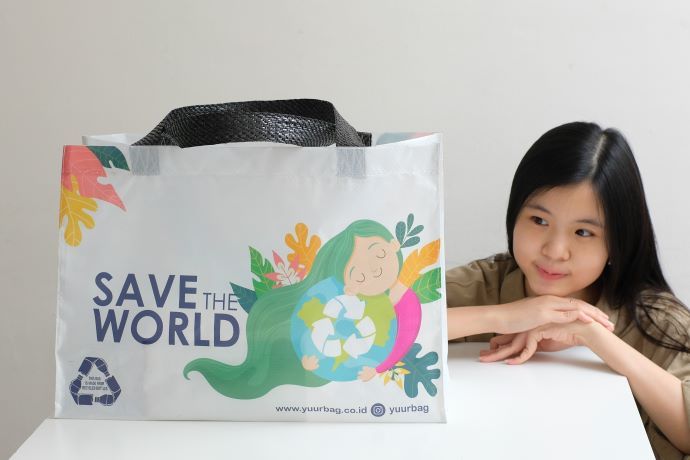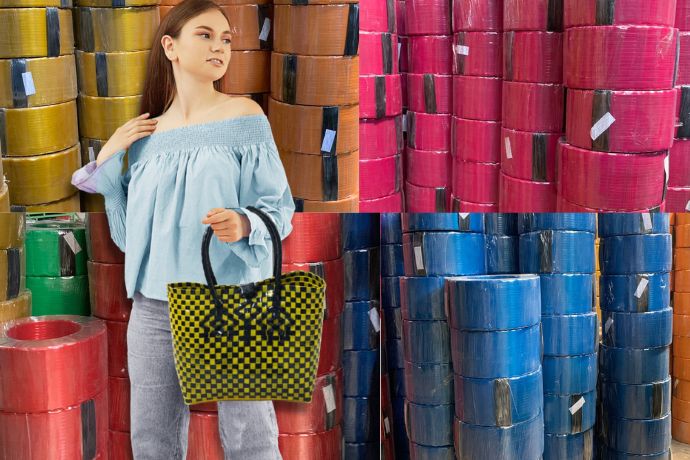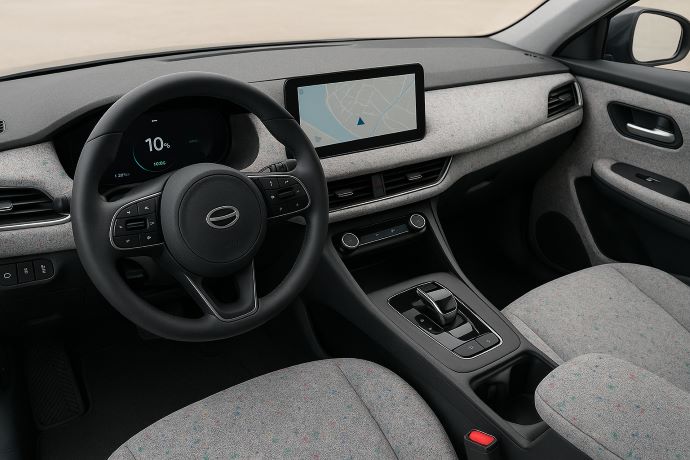Blending Virgin & Recycled PP: Best Practices
Key Takeaways:
- Blending virgin and recycled polypropylene (PP) allows manufacturers to cut costs by up to 30% while supporting sustainability and maintaining product quality through the right ratios, additives, and process adjustments.
- Success in blending depends on material purity, processing precision, and reliable supply chains—with high-quality rPP and technical support being critical for consistent results.
Blending virgin and recycled polypropylene (PP) is an essential strategy for manufacturers aiming to reduce costs and improve sustainability while maintaining product quality.
With rising pressure to adopt eco-friendly practices, mastering the art of blending these materials can help manufacturers optimize performance, cut expenses, and align with circular economy goals.
This guide provides in-depth insights into blending techniques, ideal ratios, processing adjustments, and supply chain strategies. By the end, you'll be equipped with actionable strategies to enhance your manufacturing efficiency while supporting sustainability initiatives.
1. Material Selection: Ensuring Compatibility & Purity
Virgin PP offers superior mechanical properties, but recycled PP (rPP) can vary in quality. Common contaminants like non-PP plastics, moisture, and residues can weaken the final blend.
Key Considerations:
- Virgin PP: Ensures strength, flexibility, and consistency.
- Recycled PP (rPP): Requires proper sorting, cleaning, and pre-treatment to minimize impurities.
Tip: Work with high-quality recycled PP suppliers who use advanced sorting technologies like near-infrared (NIR) spectroscopy to ensure material purity.
Read More: Virgin vs. Recycled Polypropylene - Key Quality Differences
2. Finding the Right Blend Ratio
The optimal virgin-to-recycled PP ratio depends on product requirements:
- 10-30% Recycled PP: Best for durable applications like automotive parts and piping.
- 50% or More: Suitable for non-structural uses like packaging and consumer goods.
Best Practice: Conduct lab tests on different ratios to balance cost savings with mechanical performance. This helps mitigate risks of product failure and inconsistency.
3. Processing Adjustments for Quality Control
Recycled PP behaves differently under heat and stress. To avoid degradation:
- Reduce Processing Temperature: Lower by 10–20°C to prevent over-degradation.
- Optimize Mixing Efficiency: Use enhanced screw designs in extruders to ensure even distribution.
Pro Tip: Regular equipment maintenance prevents cross-contamination and overheating, especially when working with recycled materials.
Also Read: 5 Things to Know Before Purchasing Recycled PP Granules
4. Additives to Improve Performance
Blending virgin and recycled PP can reduce properties like strength and UV resistance. Key additives help restore these:
- Antioxidants: Protect against heat-induced degradation.
- UV Stabilizers: Prevent fading and degradation for outdoor applications.
- Impact Modifiers: Enhance toughness and durability.
Practical Tip: Incorporate additives based on product-specific needs to ensure the final blend meets quality standards.
5. Designing for Future Recycling
Implementing recycling principles during product design makes future reprocessing easier:
- Mono-material Design: Avoid mixing PP with non-recyclable materials like PVC.
- Proper Labeling: Helps recycling facilities correctly sort materials.
Sustainability Insight: Investing in recyclable designs today reduces raw material dependency and enhances brand reputation.
Also Read: Step-by-Step Guide - Switch from Virgin to Recycled Polypropylene
6. Building a Reliable Supply Chain
Establishing a sustainable supply chain is crucial for successful PP blending.
Why Work with Langgeng Jaya Group?
- High-Quality Recycled PP: Consistently processed for extrusion and injection molding.
- Eco-Friendly Product Offerings: Woven sacks, Bulk Bags and other sustainable packaging solutions.
7. Cost Benefits & Market Applications
Blended PP is a cost-effective, versatile material used in:
- Packaging: Lightweight, durable, and recyclable.
- Automotive Parts: Cost-effective reinforcement with high impact resistance.
- Geotextiles: Reliable for infrastructure applications like erosion control.
Economic Advantage: Using recycled PP can cut material costs by up to 30%, depending on the application and region.
Conclusion: Sustainable Blending for a Competitive Edge
Blending virgin and recycled PP is a strategic approach to reducing costs, meeting environmental regulations, and improving sustainability.
Next Steps: Ready to integrate high-quality recycled PP into your manufacturing process?
Contact Langgeng Jaya Group to explore eco-friendly materials and solutions tailored to your industry: Visit Our Blog.



